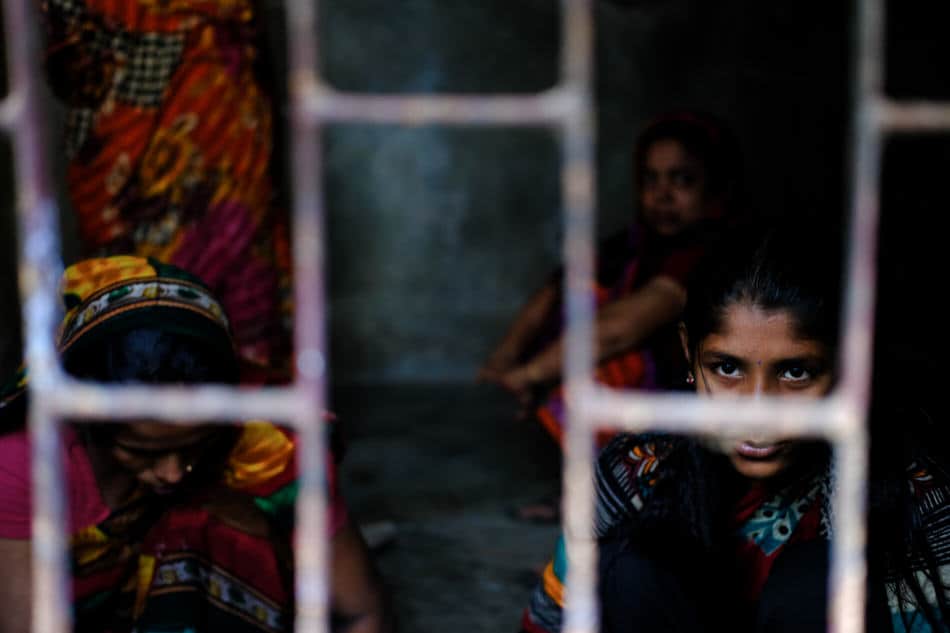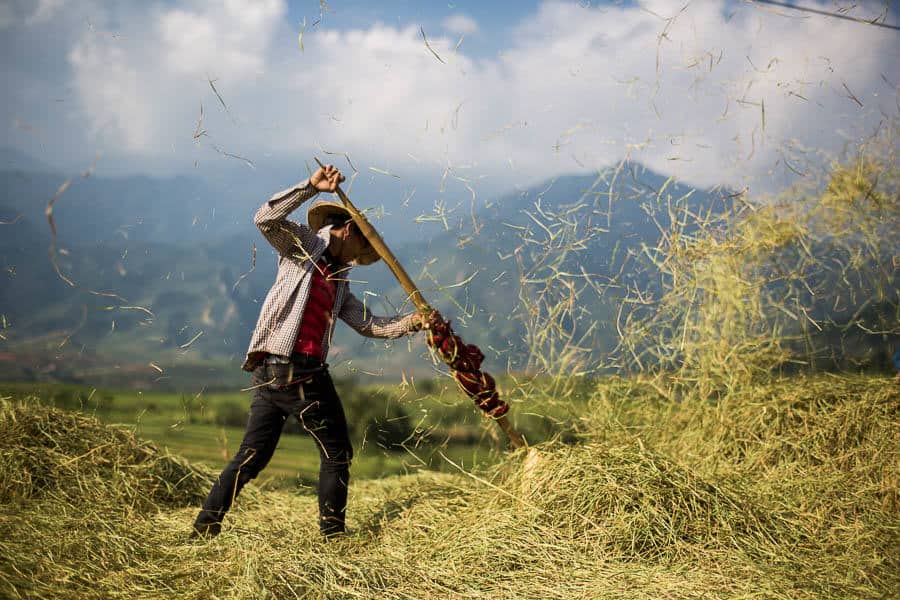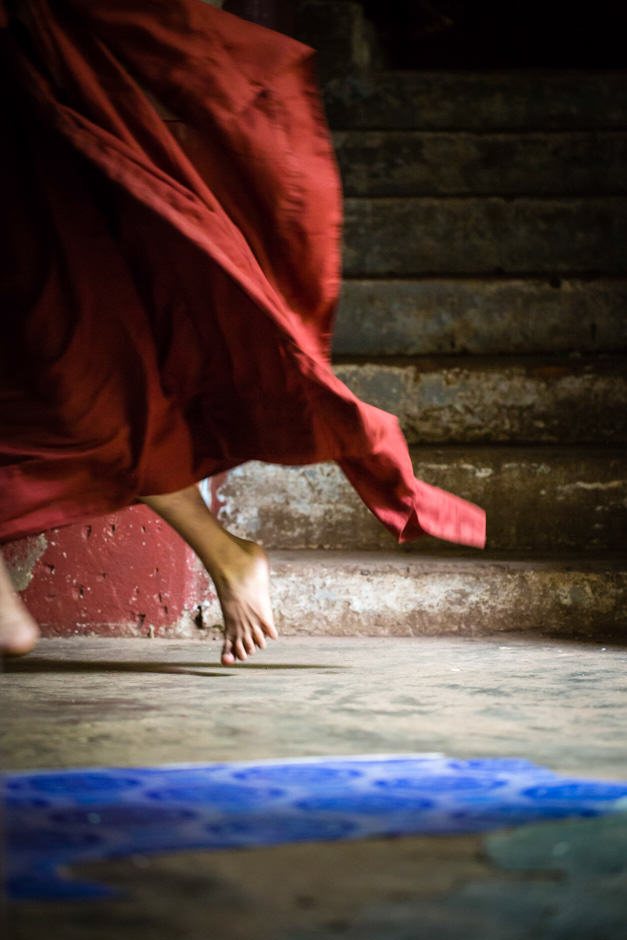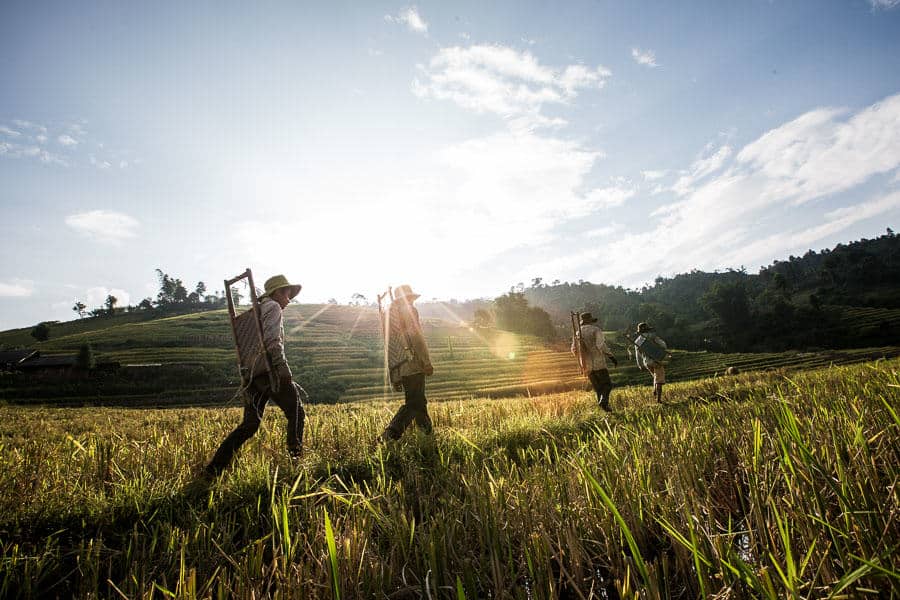Tutorials / COMPOSITION, ALL TUTORIALS

Photography Templates – Part 2
Part 2: breaking the templates As I mentioned in the first part of this article, while templates can help you capture the decisive moment, they can also be a trap that stifles originality. If you follow your templates too strictly you may end up capturing the same “predictable” compositions over and over again. So how can we break our usual templates and come up with more creative images? Pursuing this idea further, why not attend a photography workshop in a field that you are not familiar with? I participated in a photo documentary workshop in Malaysia earlier this year and it just opened a door to a whole new world. People were creating beautiful stories with series of blurry colors and shapes, something I could never have imagined before being a Travel Photographer. The most important of all is, of course, the light. By purely focusing on light (and shadows) you can start seeing things in a different way. If the light is only on a certain part of your subject, then remove the part which is not in the light, and your composition will instantly be different. By focusing on the light we tend to forget our templates and only follow the lines and directions the light is giving us. By trying to change your state of mind (and I am not saying here you should go and shoot intoxicated, even though that could lead to interesting things), your composition will immediately change. If you are a Travel photographer like me, why don’t you think of yourself as a photojournalist for a day? I find my compositions and approach to things are quite different when I am working on a long-term project and/or a series of images. Because I do not try to nail that one special shot – as I would normally do as a single image travel photographer – I can spend more time studying other elements of the given situation: working on details, shapes, patterns, or capturing deeper emotions on my subject as I can entirely focus on them, and not on the overall composition. Street photography is also a field from which I take a lot of inspiration. Walking the streets as a street photographer requires a completely different approach than travel photography. When I do it I need to refrain from shooting my usual stuff and look for new, original things. I am more looking for light and shadows, shapes, or funny things happening on the streets. By getting out of your comfort zone, you need to create a whole new set of rules for your composition and that will lead you into experimentation and most probably learning a thing or two. It will probably be difficult and frustrating at first, but things are rarely interesting if they are too easy, right?






[…] my tips to help you breaking these templates and come up with more original work, check out the Part 2 of this […]
Excellent article. I agree with everything you said. Besides looking at other photographers, can I suggest painters and cinematographers too? For example, check Edward Hopper or classic French films like ‘Three Colours: Blue’. So much to learn and enjoy.
Great idea, thanks Paul!
[…] About the author: Etienne Bossot is a travel photographer based in Asia. You can find more of Bossot’s work and writing on his website, blog, Twitter, Flickr, and Facebook. This article was also published here and here. […]